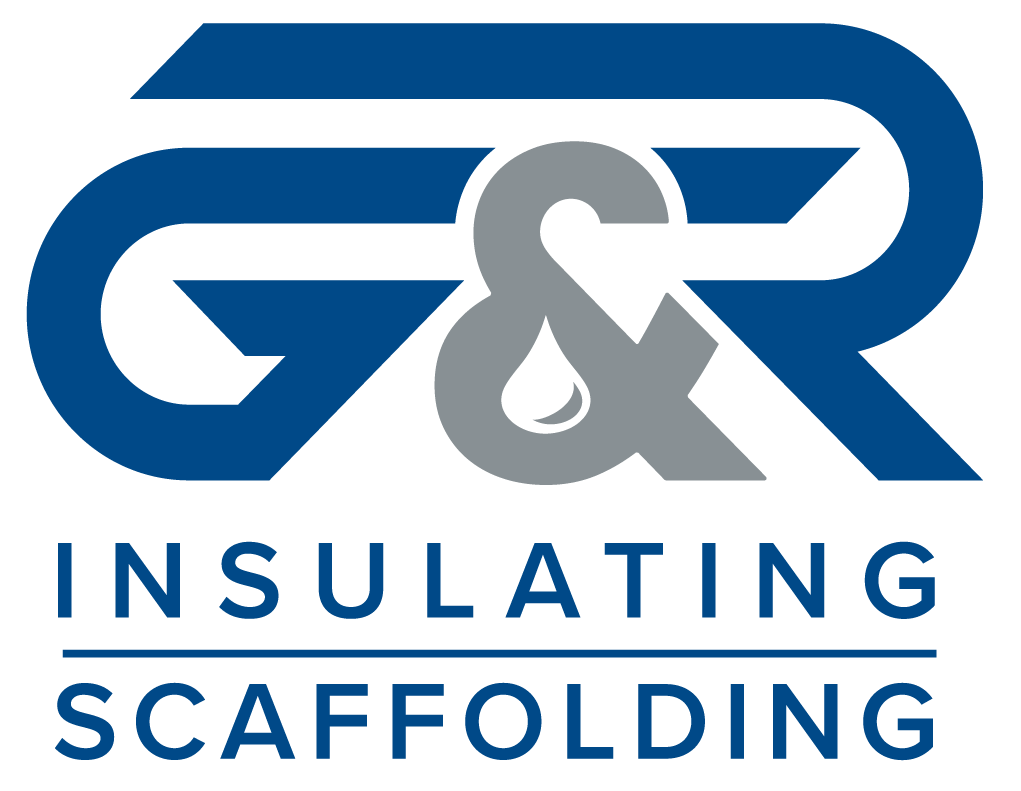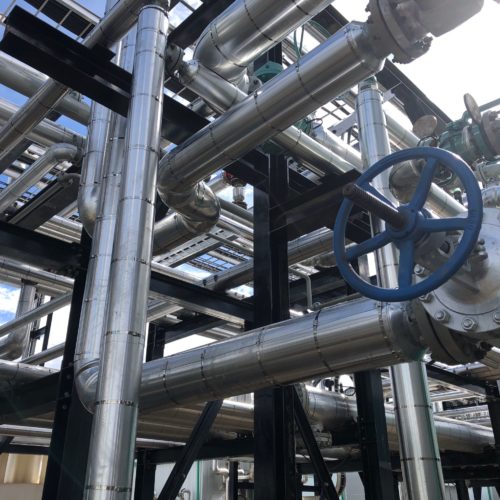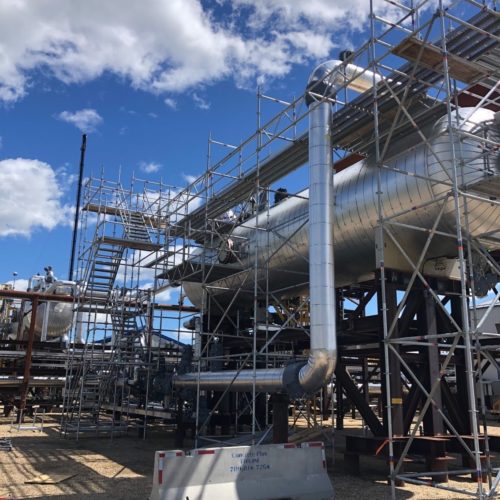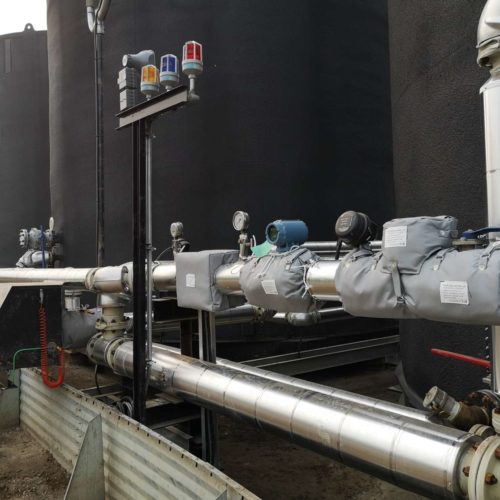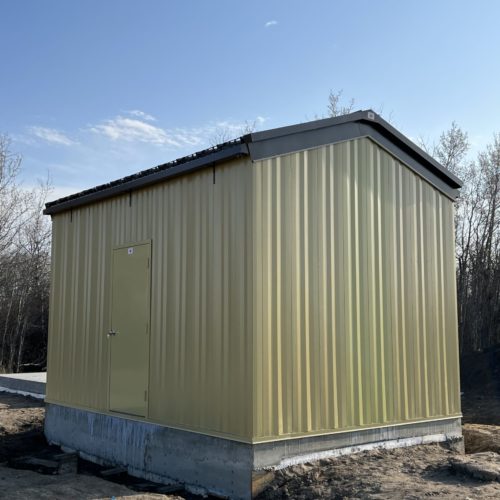What is Scaffolding and you should use which scaffold technique? In this blog post, you will learn about scaffolding and its benefits in breaking down tough jobs into a series of manageable steps thus enhancing productivity as well as leading to success. let us explore the secret behind successful scaffolding!
Key Takeaways:
- Scaffolding is a teaching strategy: That involves providing students with a temporary framework or support to help them achieve specific learning goals.
- Scaffolding can help students learn: By breaking down complex tasks into smaller, more manageable steps, students can build their skills and confidence gradually.
- Types of scaffolding: There are different types of scaffolding, such as task, time, material, and social scaffolding, which can be used based on students’ needs and learning objectives.
- Benefits of scaffolding: Scaffolding can improve student engagement, help with problem-solving skills, and promote independence and self-regulated learning.
- Implementing scaffolding effectively: Teachers can implement scaffolding effectively by assessing students’ prior knowledge, providing appropriate support, gradually fading the support as students progress, and offering feedback and reflection opportunities.
Understanding Scaffolding
Definition and Purpose
While engaging in any form of learning, individuals require guidance and support to reach their full potential. This is where scaffolding comes in. Scaffolding refers to the supportive structures and strategies provided by educators or peers to assist learners in acquiring new knowledge and skills.
Types of Scaffolding
For instructors to properly assist their pupils, knowing the several kinds of scaffolding is a must. Various forms of scaffolding can be utilized depending on the learning objectives and the needs of the students. By familiarizing themselves with these types, educators can tailor their support to maximize learning outcomes.
| Definition | Purpose |
| Structured Scaffolding | Provides clear guidelines and support |
| Interactive Scaffolding | Encourages collaboration and discussion |
| Procedural Scaffolding | Breaks down complex tasks into manageable steps |
| Strategic Scaffolding | Focuses on developing problem-solving skills |
| Metacognitive Scaffolding | Promotes self-regulation and reflection |
Structured scaffolding let’s say offers a great way of assisting learners by giving them clear guidance coupled with all other necessary support needed during teaching sessions; conversely, interactive scaffolding helps create environments that are supportive towards interactive learning thus enabling students to engage each other in discussions during classes. Procedural scaffolding on the other hand divides complex assignments into different parts which can be easily handled by different individuals who may contribute jointly as a group towards successful completion. Moreover, there exists metacognitive scaffolding which aims at assisting students in monitoring themselves while for instance, strategic one aims at promoting skills used in solving problems.
Benefits of Scaffolding
Increased Productivity
Though an investment of time and resources is needed in the setting up of scaffolds, the benefits accrued far outweigh the costs. What counts most is that at least employees have some platform upon which they can focus without caring so much about safety because there is some protection based on them for more accurate workout puts to be realized in every job done.
Improved Safety
Safety is the most important thing for any construction project there is out there. This is because at tall heights, it is scaffolding that ensures that workers are safe. Protection against falling down and other related mishaps’ can only be guaranteed by scaffolding which provides a solid and stable base hence reducing risks of accidents thereby leading to a more secure workplace for all parties involved in it.
In any work environs, especially in construction, safety should not be compromised or taken lightly. Scaffolding provides a safe surface for workers to perform their duties thereby reducing the likelihood of accidents or injuries. With proper training and adherence to safety protocols, scaffolding can significantly improve the overall safety record on a job site.
Enhanced Quality of Work
When they have scaffolding in place, workers can get to various areas of a construction and properly carry out assignments thereby. Such an improved access enhances quality control and ensures compliance with required standards while finalizing a structure. Additionally, employees work better by which they conduct quality work on time.
How to Choose the Right Scaffolding
Factors to Consider
Unlike a one-size-fits-all approach, choosing the right scaffolding requires careful consideration of several factors. These factors include the height and type of structure you will be working on, the weight capacity of the scaffolding needed, and any specific requirements or regulations mandated by your local jurisdiction.
- Height and type of structure
- Weight capacity
- Regulations and requirements
After evaluating these factors, you can determine the most suitable scaffolding for your project.
Tips for Selecting the Best Option
When choosing your perfect scaffold it is important to remember some key things like size (should be proportional), mobility (it should be not less mobile than needed), ability to work at heights (it should be possible to use it on high places), diverse landing conditions including ground surface waterlogging… and others… It is equally critical to take into consideration how easy it will be to assemble and disassemble it at any time while avoiding any risk due to the lack of guardrails/toe boards.
- Mobility and flexibility
- Terrain and environment
- Assembly and dismantling
Any additional features that enhance safety and efficiency should also be prioritized in your selection process.
With the Right Scaffolding
Selecting the appropriate scaffolding is crucial to the success and safety of a project. By considering all factors and adhering to these guidelines, you can be assured that you choose the most suitable scaffolding option which is consistent with your needs. The proper scaffolding makes job easier and safer for all involved people, be it construction, maintenance or other purposes.
- Consider all necessary factors
- Follow tips for selection
Any investment in the proper scaffolding will pay off in terms of increased productivity and safety on your worksite.
Setting Up Scaffolding Effectively
Pre-Assembly Checklist
When setting up scaffolding, be sure to bear safety in your thoughts. You should have all the required materials and tools before you start building up. In order to prevent accidents while putting it up, each piece should be checked for presence or absence of damage alike as deficiencies in it.
Assembly and Installation Tips
Clearly label all parts of the scaffolding to ensure they are put together correctly. Use a stable base and level ground for proper setup. When assembling, start from the ground up and secure each section tightly. To prevent falls, make sure guardrails are in place. Lastly, always follow manufacturer instructions for assembly.
- Always double-check the stability of the scaffolding before each use.
- Secure all tools and materials to prevent them from falling.
- Thoroughly inspect the scaffolding for any worn or damaged parts.
Though setting up scaffolding can seem straightforward, it is crucial to follow proper techniques to ensure safety.
Safety Precautions
While working with scaffolding, safety should be a top priority at all times, appropriate personal protective equipment like hard hats, non-slip footwear should always be worn, check for any signs of wear and tear on the scaffolding regularly and make sure not to exceed manufacturer’s weight limit. In order to prevent potential dangers from scaffolding accidents; it is important that necessary safety precautions are taken in protecting oneself as well as others at the place of work.
Using Scaffolding for Different Projects
Residential Construction
When it comes to residential construction projects, without which such tasks as painting, repairs, or installation of windows would not have been completed. Scaffolding can greatly help in providing workers with safe access. In addition, it helps to do the work quickly without any dangers coming by way of unsafe working platforms.
Commercial Construction
The construction of a new building or the renovations needed on an already existing structure will be much easier to handle if scaffolding is used. This is because it provides workers with a stable surface from which they can perform tasks at different levels, thereby enhancing their efficiency and safety.
Scaffolding assists with certain aspects of the job such as: painting, plastering or installing facades. In commercial construction projects, it is also required when putting HVAC systems, electrical fittings, and other vital elements. Scaffolding systems are in the construction industry due to their flexibility and adjustability.
Industrial Maintenance
In this context, the maintenance tasks usually require climbing up high structures or using specialized equipment. The scaffolding, which is there as a dependable solution to offer a safe and secure means through which workers can efficiently carry out maintenance duties, ensures that one can perform their given responsibilities without any worries whatsoever in terms of safety.
Use of scaffolding system in varied industrial maintenance projects can be beneficial in several ways, for instance, to create a safe and steady working platform aloft for equipment repairs, cleaning or inspection purposes. Scaffolding systems are adjustable therefore making them suitable for every unique necessity regarding industrial maintenance projects and have remained indispensable tool for this area.
Common Mistakes to Avoid
Inadequate Training
All too often, one of the common mistakes made when using scaffolding is inadequate training. This can lead to improper assembly, insecure structures, and unsafe working conditions. Anyone tasked with erecting or working on scaffolding must receive proper training to ensure safety at all times.
Overloading
Any scaffolding system has limits to the weight it can support. Overloading it with too many workers, equipment, or materials can put excessive stress on the structure, leading to collapse. It is vital to adhere to weight restrictions and never exceed the maximum capacity of the scaffolding.
Avoid: To avoid overloading, always refer to the manufacturer’s guidelines for weight limits and consider the load being added to the scaffolding before proceeding with any work.
Conclusion
In the learning process, breaking complicated tasks into manageable steps, for example, giving directions, organizing instructions into simple tasks and fading out control, are just but a few methods of providing support or help, called scaffolding. Constructing personalized scaffolds will help you boost your ability as well as self-esteem without being confused. But it is not limited to student alone; as a matter of fact, anyone who might wish to make an improvement regarding personal improvement should take this opportunity because not only does it offer guidance, but also helps one to reflect on his past mistakes for clarification and correction.
